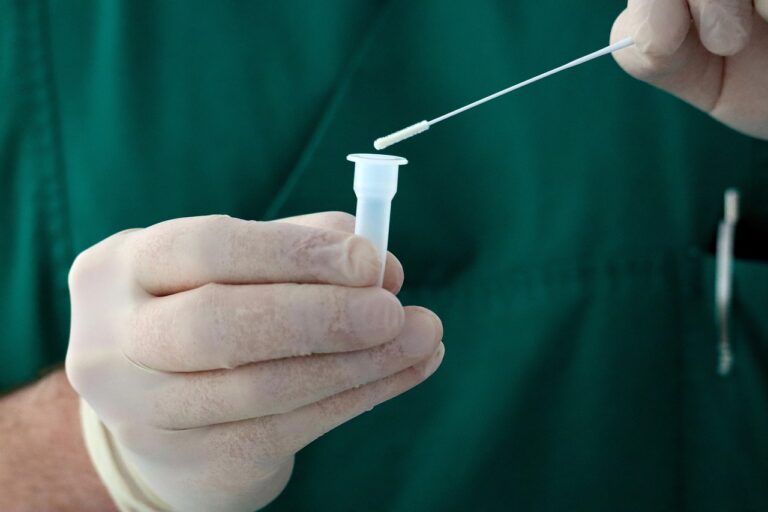Anesthesia and Infection Control: Protocols and Best Practices: Sky247, Diamondexch9, Tigerexch247
sky247, diamondexch9, tigerexch247: Anesthesia and Infection Control: Protocols and Best Practices
Imagine you’re about to undergo a surgical procedure. You’re nervous, but you trust the medical team to take care of you. An essential aspect of any surgery is anesthesia the medication that helps you relax, prevents pain, and keeps you comfortable during the procedure. But have you ever thought about infection control measures related to anesthesia? In this article, we’ll discuss the protocols and best practices for ensuring a safe and sterile environment during anesthesia administration.
What is Anesthesia?
Before we dive into infection control measures, let’s take a quick look at what anesthesia is. Anesthesia is a medical treatment that causes a reversible loss of sensation. There are different types of anesthesia, including local, regional, and general anesthesia. Anesthesia is administered by an anesthesiologist or nurse anesthetist to ensure patients are comfortable and pain-free during surgical procedures.
Infection Control Measures:
1. Hand Hygiene: Proper hand hygiene is crucial in preventing the spread of infections. Anesthesia providers must wash their hands thoroughly with soap and water or use hand sanitizers before and after each patient interaction.
2. Personal Protective Equipment (PPE): Anesthesia providers should wear gloves, masks, gowns, and eye protection when administering anesthesia to reduce the risk of infection transmission.
3. Sterile Techniques: All equipment used in anesthesia administration should be sterile and maintained according to infection control protocols. This includes IV tubing, medication vials, and airway devices.
4. Environmental Cleaning: Operating rooms and anesthesia workstations should be cleaned and disinfected regularly to reduce the risk of contamination. Surfaces should be wiped down with disinfectants between patients.
5. Waste Disposal: Proper disposal of medical waste is essential to prevent the spread of infections. Anesthesia providers should dispose of needles, syringes, and other sharps in designated containers.
6. Patient Screening: Before administering anesthesia, patients should be screened for any signs of infection. If a patient has an active infection, additional precautions may be necessary to prevent the spread of harmful pathogens.
FAQs:
Q: Can anesthesia increase the risk of infection?
A: While anesthesia itself does not increase the risk of infection, improper infection control measures during anesthesia administration can lead to infections.
Q: How can patients advocate for their safety during anesthesia?
A: Patients can ask anesthesia providers about infection control protocols and ensure that proper hand hygiene and PPE are being used.
Q: What should I do if I suspect an infection related to anesthesia?
A: If you suspect an infection after receiving anesthesia, contact your healthcare provider immediately for evaluation and treatment.
In conclusion, infection control measures are essential in ensuring patient safety during anesthesia administration. By following strict protocols and best practices, anesthesia providers can minimize the risk of infections and create a sterile environment for surgical procedures. Remember, your health is in your hands don’t be afraid to speak up and ask questions about infection control measures during anesthesia.







